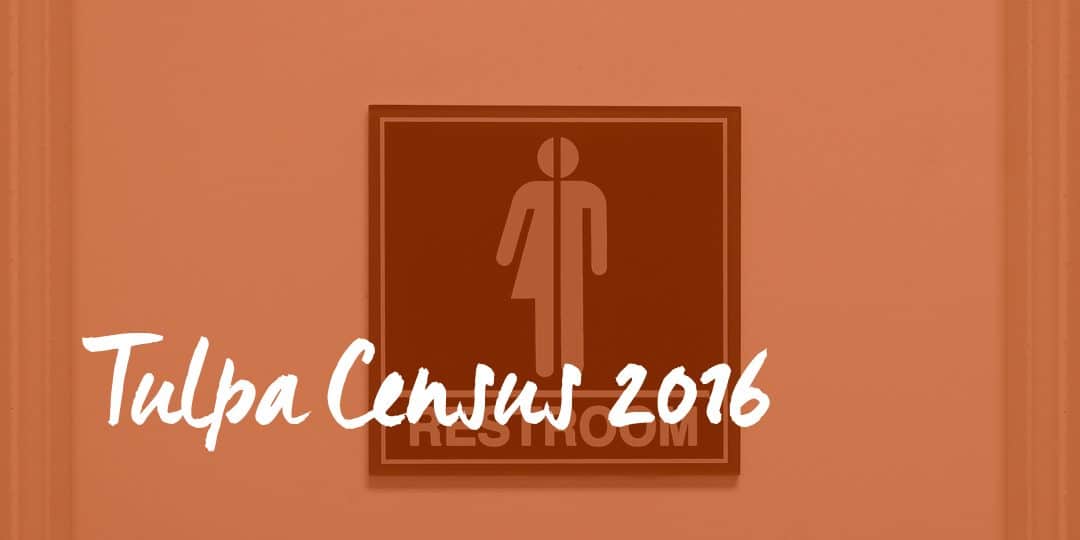Contents
Foreword
I’m back to entertain you with more statistics, assumptions, and conclusions.
You can read the previous part here: Libido Analysis.
Tulpamancers Gender & Sexuality
Today we will dissect tulpamancer genders. This section doesn’t contain any data on tulpas, we are focusing on their hosts.
What is the assumed gender of the respondents?
Year after year, our community is dominated by males. The numbers look similar to the 2015 census.
Let’s look at the sexuality next:
Again, little changes from 2015. Half of the respondents is heterosexual, slightly under one-third is bisexual. There are very few homosexual tulpamancers.
Dissecting the last graph by gender produces an intriguing result:
In absolute numbers, there’s the same amount of bisexual and asexual tulpamancers, but if we examine the data per gender, the picture is different.
You can clearly see that female tulpamancers tend to be bisexual, while male tulpamancers are strongly hinted to be heterosexual. That might explain why most men prefer female tulpas.
An interesting data point we collected this year was sexuality as it was before creating tulpas and current sexuality:
As you can see, while the majority tulpamancers retained their sexuality, 8.18% tulpamancers changed their sexual preferences! Let’s see how they are spread by their gender:
Again, it’s mostly male respondents.
Afterword
I hope you enjoyed today’s short research. As usual, if you have suggestions of what data you want me to dissect further—leave your suggestion in the comments.


Was there ever more analysis? Or is the raw data available anywhere?
Not really, no. I should get back to it eventually as I go through my todo list of things to take care of. Lots of writing is still in the backlog sadly.